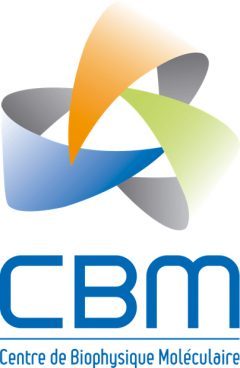CBM researchers in collaboration with INSERM U1195 (Kremlin-Bicêtre) have shown that the LINGO-1 receptor can form homo- and hetero-complexes with its homologs LINGO-2, LINGO-3 and LINGO-4 in the brain thus opening the way to new strategies to modulate their activity.
A lire aussi
Mimer les défenses naturelles du papillon pour développer de futurs composés antifongiques
18 September 2025
par Isabelle Frapart
